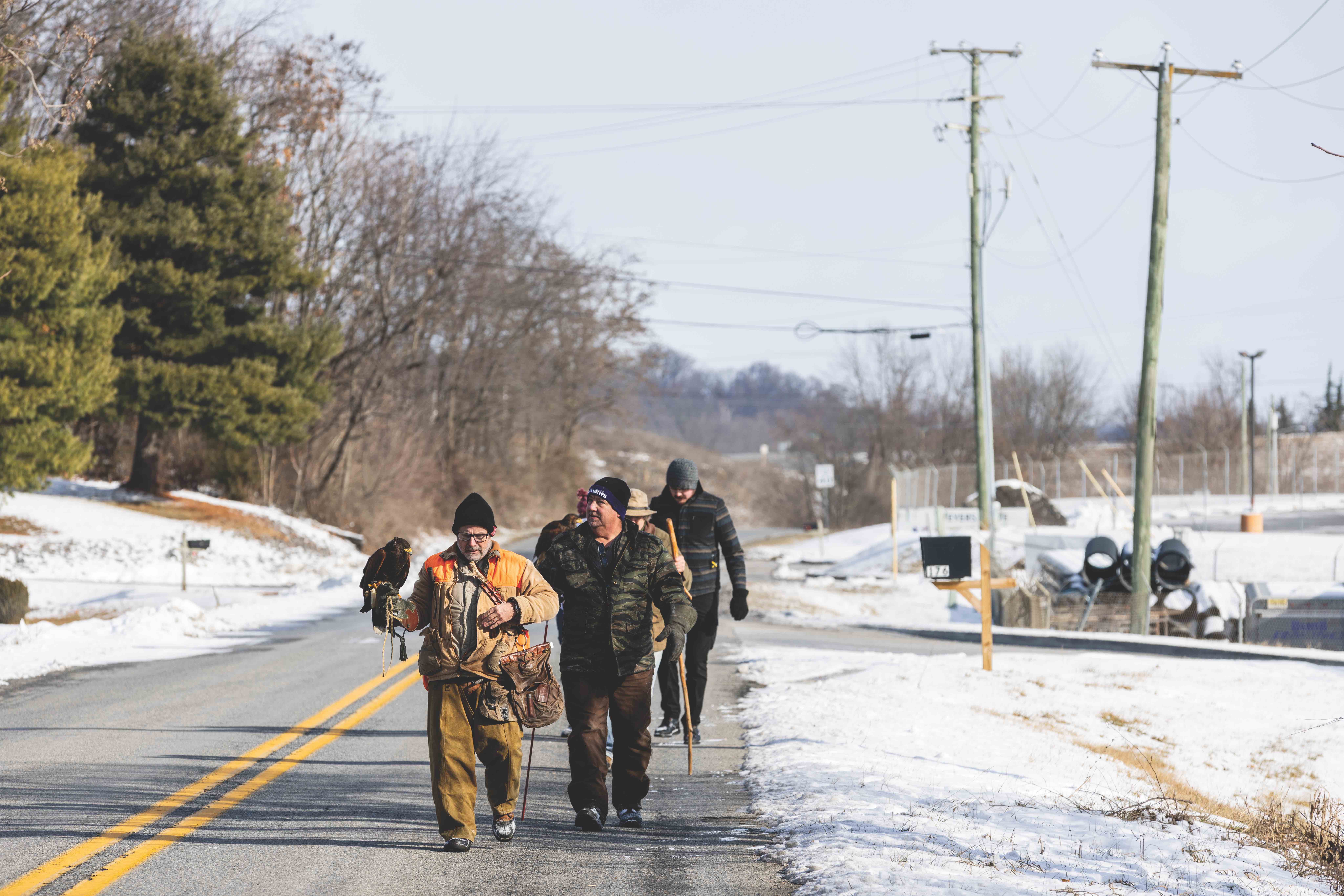Virginia’s lighthouses still show the way.

041028-N-0318R-001
Lighthouses are quintessential coastal Virginia, with their towering beacons and systems of lamps and lenses used as navigational aids for sailors to find their way. At one time 37 lighthouses operated along the Virginia coast. Now, with nine in active use, they’ve become “touchstones to America and maritime history,” as author Patrick Evans-Hylton says in his book, Lighthouses and Lifesaving Stations of Virginia.
Some are open to the public; others are on the National Register of Historic Places, while a few have been privately purchased and turned into vacation homes. Though we’re not partial (really, we’re not!), Virginia offers some of the most spectacular and diverse lighthouses in the country.
Assateague Lighthouse
Assateague Island National Seashore, Chincoteague
Built in 1833 and lit by a candle lantern, the first Assateague Lighthouse was damaged and replaced by a second tower in 1867, which is still an active navigational aid today. The beacon was converted to electric in 1933. It stands 142 feet high, and its light can be seen from 22 miles at sea.
Cape Charles Lighthouse
Smith Island off Cape Charles at the mouth of the Chesapeake Bay
Cape Henry Lighthouse
Fort Story
By 1776 there were a dozen lighthouses in the colonies. The Cape Henry Lighthouse, completed in 1792, has the distinction of being not only the oldest in Virginia but the third oldest remaining in the U.S. It was also the first public works project initiated by the new American federal government. The tower of the old Cape Henry Lighthouse stands perched atop a sand dune at the junction of the Chesapeake Bay and the Atlantic Ocean.
Jones Point Lighthouse
Jones Point Park, Alexandria
Because lumber was plentiful and inexpensive in the 1800s, many early lighthouses like Jones Point were made of wood. Operating from 1856-1926, Jones Point is the only river lighthouse that’s still standing in the Chesapeake Bay area and one of the last in the country. Unlike many tower lights, this one-story lighthouse is built on top of a house structure similar to many residential buildings in the area.
Jordan Point Range Rear Lighthouse
Jordan Point on the south bank of the James River in Prince George County at the Benjamin Harrison Memorial Bridge

New Point Comfort Lighthouse Port Haywood
Commissioned by Thomas Jefferson in 1801, this lighthouse stands at the tip of the Middle Peninsula in Mathews County, at the entrance to Mobjack Bay. An early beneficiary of conservation efforts, the lighthouse was acquired by the Nature Conservancy in 1979, who turned it over to Mathews County in 1982.
Old Point Comfort Lighthouse
Hampton
This 58-foot tall lighthouse at Fort Monroe has been guiding ships from the Chesapeake Bay into the Elizabeth, James, and Nansemond Rivers since 1803. It’s the second oldest lighthouse in the Bay and the oldest one still in use there. Old Point and New Point Comfort lighthouses were both built by Elzy Burroughs and are near twin structures separated by 25 miles of Chesapeake Bay water.
Newport News Middle Ground Lighthouse
East of the Monitor-Merrimac Memorial Bridge-Tunnel in Hampton Roads
Built in 1891, this is the oldest caisson structure in Virginia waters and was constructed to help mariners navigate when leaving the docks at Newport News. Caisson lighthouses, which sit on concrete foundations, were developed as cheaper alternatives to screwpile lighthouses, which stand on piles screwed into muddy sea bottoms. Middle Ground was purchased by two families in 2005 who converted it into a vacation home.
Smith Point Lighthouse
Off the west shore of the Chesapeake Bay at the mouth of the Potomac River
The first light at Smith Point was built in 1802. Shoreline erosion caused the light to be moved in 1807. In July of 1897 the caisson light was completed. The light was automated in 1971. It still stands today and is an active navigational aid.
Thimble Shoal Lighthouse
In the Chesapeake Bay, four miles ENE of the Hampton Roads Bridge-Tunnel
A screwpile lighthouse, Thimble Shoals—the name of two sandbars bordering the channel into Hampton Roads—was completed in 1872, but it suffered a dizzying series of catastrophes. The first structure was destroyed by fire in 1880; it was rammed by a steamer in 1891 and then by a coal barge in 1898. Ten years later, in 1909, a schooner in tow broke free, and repeatedly rammed the light, badly damaging the pilings, smashing the cottage, and upsetting a wood stove that burned the structure to the water. Despite its chaotic history, the lighthouse, which was rebuilt and modernized in 1914, remains an active navigational aid, although it was purchased in 2005 by a private citizen.
This article originally appeared in the August 2022 issue.








